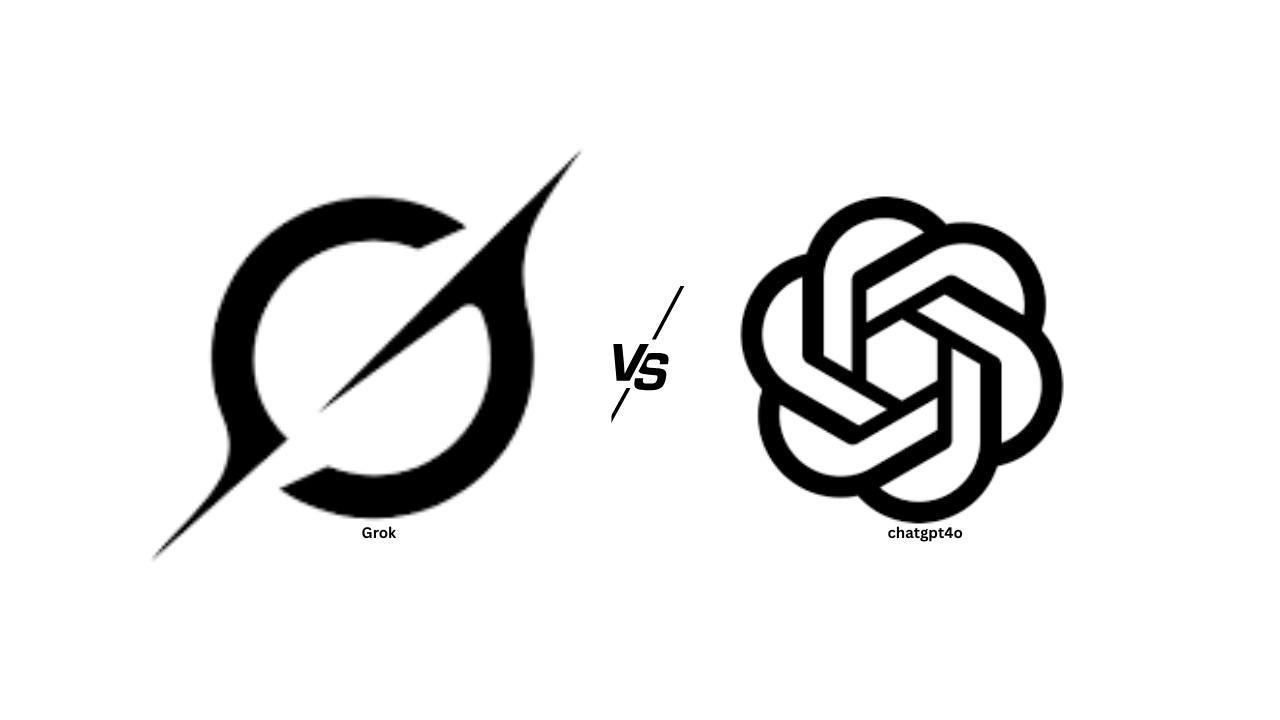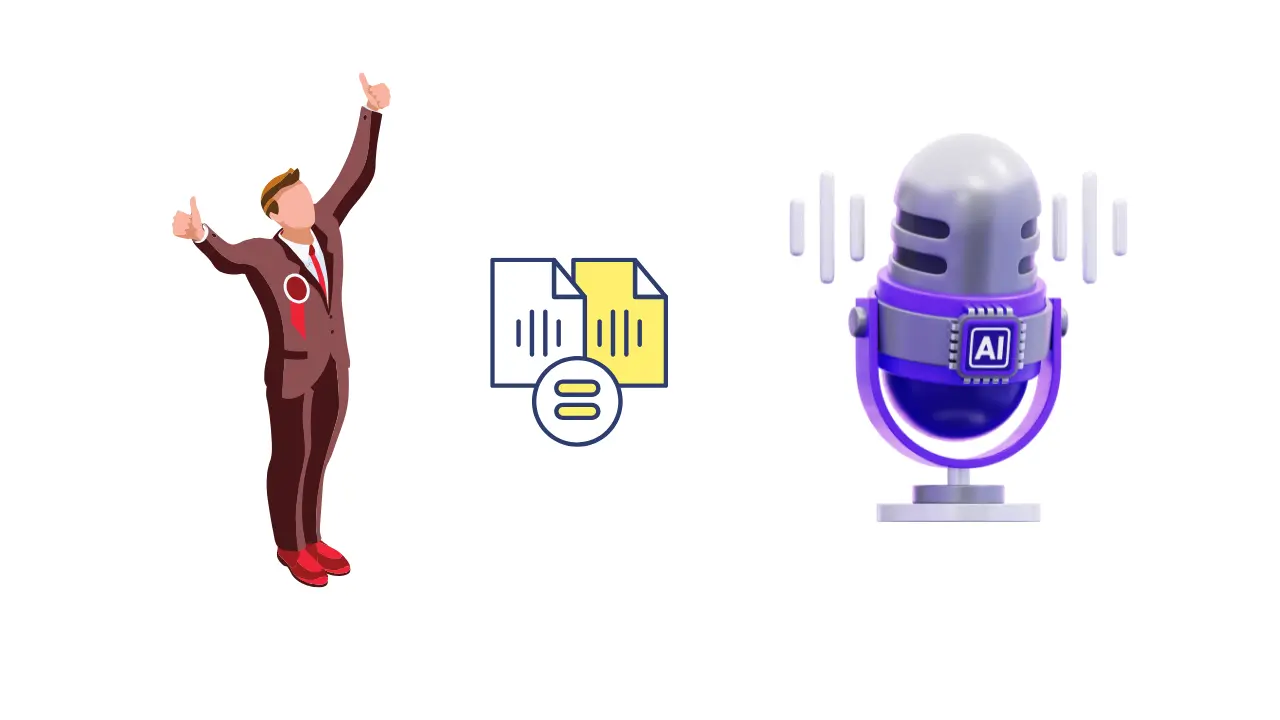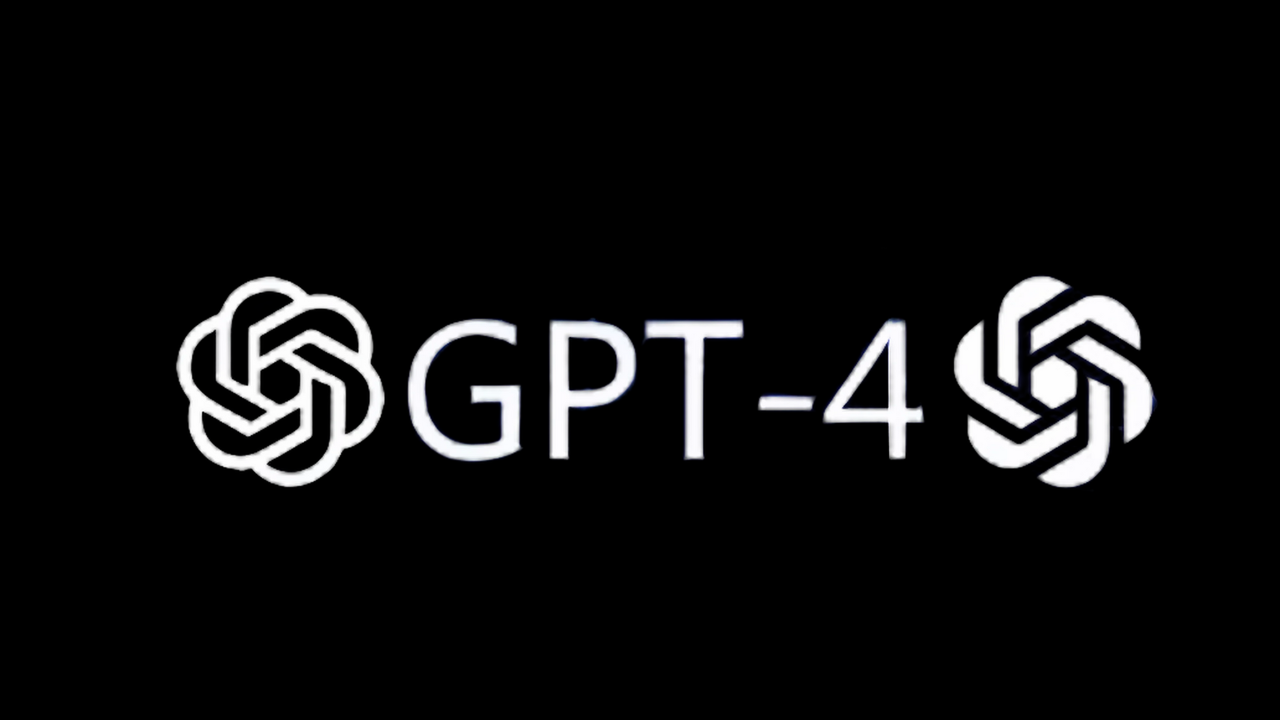In today’s fast-moving world, mobile phones are more than just communication tools. They are essential for work, social connections, gaming, banking, and even shopping. But with so many functions, battery life tends to run out quickly. That’s where fast charging technology steps in. It allows users to power up their phones in less time, making it one of the most demanded features in modern smartphones. But what technology do mobile phone companies actually use for fast charging? Let’s explore that in detail.
What Is Fast Charging?
Fast charging is the ability to charge a smartphone battery much faster than the standard rate. Typically, a regular charger might take up to two to three hours to charge a phone completely. However, fast charging can boost the battery to 50 percent in just fifteen to thirty minutes, depending on the technology used. By boosting the battery’s power delivery, this is accomplished. Power is computed by multiplying voltage with current and is expressed in watts. Therefore, more power is produced by higher voltage or current, which speeds up charging.
Qualcomm Quick Charge Technology
Many Android smartphones use Qualcomm’s Quick Charge technology. This method is based on increasing the voltage while keeping the current at a safe level to prevent battery damage. For instance, under ideal circumstances, a phone may be charged from zero to fifty percent in roughly five minutes using Quick Charge 3.0, which supports up to 18 watts, and Quick Charge 5, which can handle up to 100 watts. This technology is commonly found in phones with Snapdragon processors and is backward compatible with older versions.
Oppo VOOC and SuperVOOC Technology

Oppo is another significant player in the fast charging market. VOOC, which stands for Voltage Open Loop Multi-step Constant-Current Charging, is the company’s unique technology. Oppo’s VOOC system works by increasing the current while maintaining low voltage. This method produces less heat, making it safer and more efficient. A more advanced version of this is called SuperVOOC, which can deliver up to 240 watts in some of Oppo’s latest phones, charging a phone fully in under ten minutes.
Realme SuperDart Charging
Realme, a sub-brand of Oppo, also uses SuperDart charging, which is based on the VOOC technology. It provides similar results with high-speed charging and lower heat production. It’s commonly used in mid-range and flagship Realme devices, offering users a fast and safe charging experience.
Samsung Super Fast Charging
Samsung has developed its own fast charging system called Super Fast Charging. It operates by utilizing a Programmable Power Supply (PPS) in conjunction with the USB Power Delivery (USB PD) standard. Through USB PD, the phone and charger can talk to each other and determine the ideal power level. PPS then delivers precisely the correct quantity of electricity by adjusting the voltage in real time. This not only speeds up charging but also prevents overheating. Samsung’s high-end models like the Galaxy S and Galaxy Note series use this system with up to 45 watts of power.
Apple USB Power Delivery Fast Charging
For quick charge, Apple also uses USB Power Delivery. Starting from the iPhone 8 series, iPhones support fast charge when paired with a USB-C to Lightning cable and a 20-watt or higher USB-C power adapter. This setup allows the iPhone to charge up to fifty percent in around thirty minutes. Although Apple doesn’t advertise specific charge technology names, the system is reliable and safe, and it uses intelligent battery management to maintain battery health over time.
Xiaomi HyperCharge Technology
Xiaomi is another brand pushing fast charging limits. The company uses HyperCharge technology in some of its latest models. This method uses dual-cell batteries, which means the battery is split into two parts and each half is charged simultaneously. By splitting the workload, the phone can handle more power without heating up too much. Xiaomi’s HyperCharge has reached up to 200 watts of wired charging and 120 watts of wireless charging in its top-tier models.
OnePlus Warp Charge
OnePlus, now closely related to Oppo, uses Warp Charge, which is also based on the VOOC system. Warp Charge focuses on delivering high current at low voltage to keep temperatures down. OnePlus phones with Warp Charge can power up quickly even while you’re using them, such as when gaming or streaming.
Safety Features in Fast Charging
It’s important to note that all these charging technologies also come with safety features. Companies build in multiple layers of protection, such as temperature control, over-voltage protection, and battery health monitoring. These are essential because delivering high power quickly can create heat, which could damage the phone if not managed properly.
The Challenge of Compatibility
While the fast charging race is exciting, it’s also a challenge for universal compatibility. Many of these technologies are proprietary, which means they work best with the original charger and cable from the same brand. For example, using an Oppo charger on a Samsung phone may not deliver the same speed. To solve this, more companies are now supporting USB PD and PPS, which are more standardized and can work across different devices.
Final Thoughts

In conclusion, mobile phone companies use a variety of technologies for fast charging, each with its own method of increasing power delivery safely. Qualcomm Quick Charge, VOOC and SuperVOOC, Warp Charge, SuperDart, HyperCharge, and USB PD are just some of the systems making charging faster and more efficient. As smartphones continue to evolve, charging will keep improving to meet the growing needs of users who want more power in less time. Follow for more updates on Tech Education.





